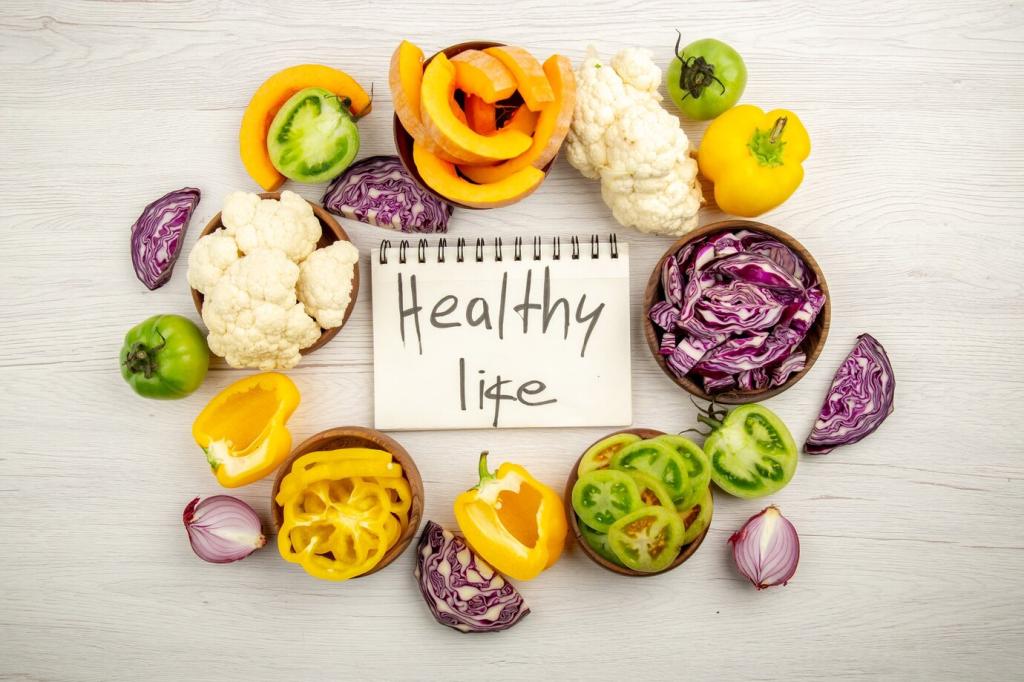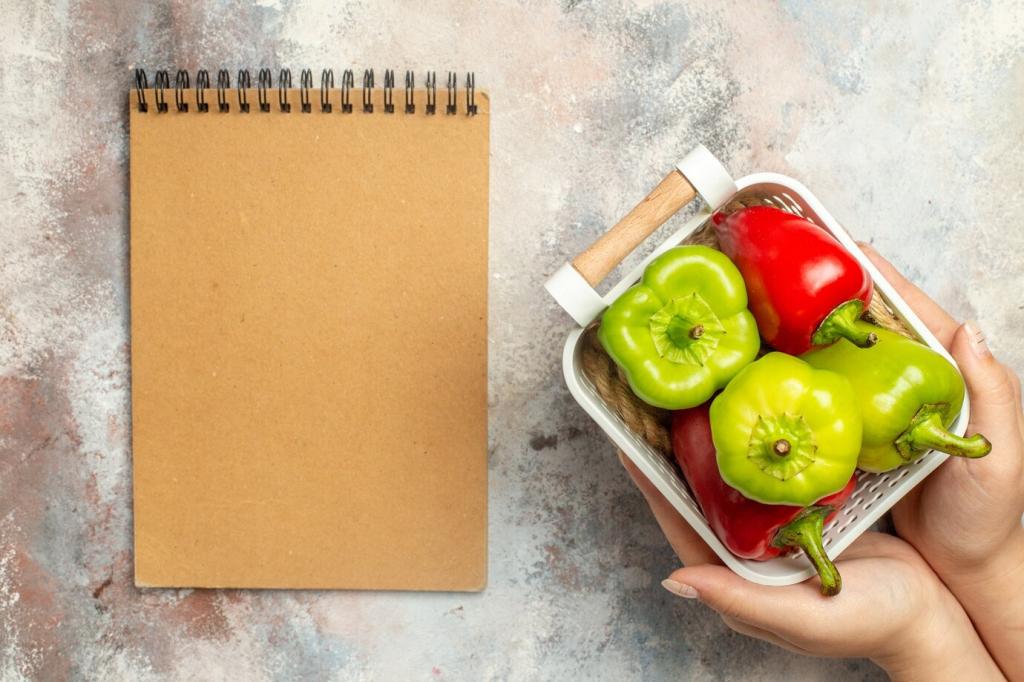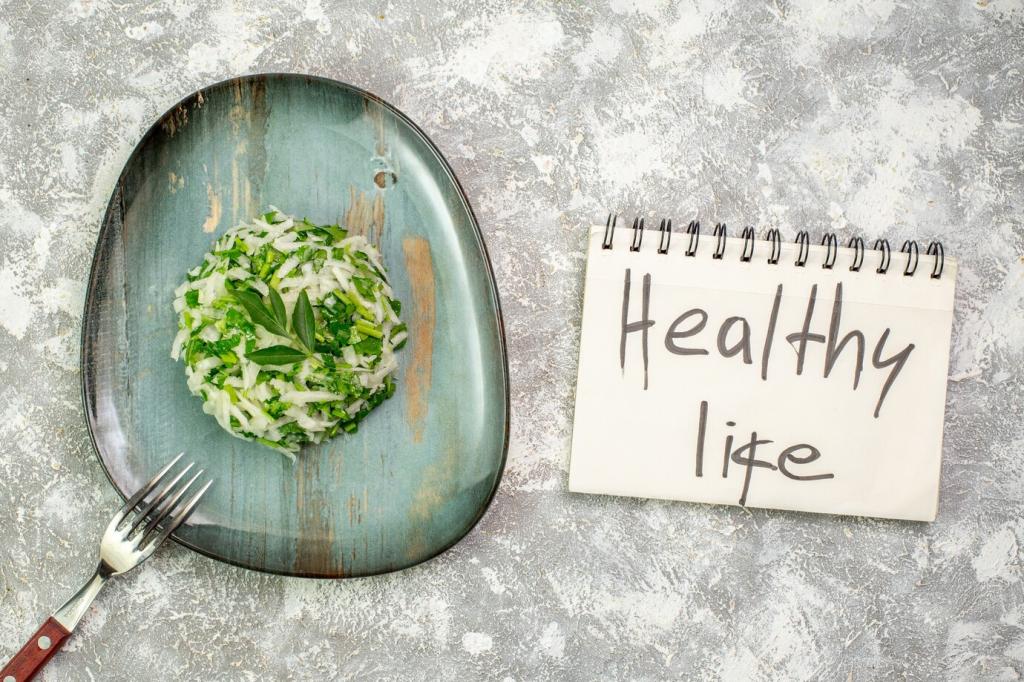Special Scenarios: Endurance, Strength, and the Elements
Across long efforts, aim to limit body mass loss while avoiding overdrinking. Use aid stations as checkpoints, sip steadily, and watch for comfort cues. Weigh before and after key sessions to dial your approach. Share your race-day hydration timeline, and let others learn from your pacing and bottle strategy.
Special Scenarios: Endurance, Strength, and the Elements
In short, intense sets, large gulps can feel heavy. Try smaller sips between sets and ensure you began hydrated beforehand. Many lifters prefer a lightly salted water or low-sweetness mix. Tell us your rack-side routine, and help the community refine their hydration between hard efforts and accessory work.
Special Scenarios: Endurance, Strength, and the Elements
Chilly, windy days and thin air increase respiratory water loss, even as thirst blunts. Use insulated bottles, warm fluids, and set reminder intervals. An alpine runner once cut headaches by timing sips, not relying on thirst. Comment with your mountain or winter setup, and subscribe for seasonal checklists.




